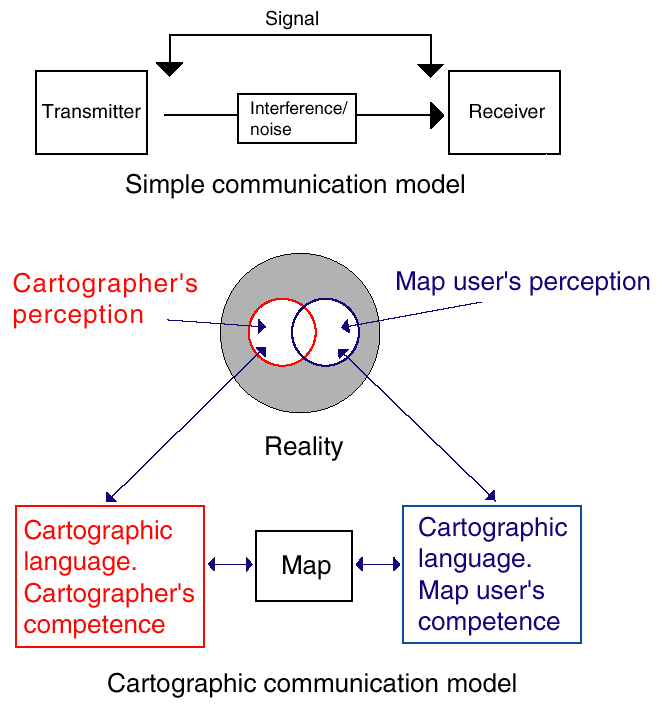
Map reading is a unidirectional (one way) communication process in which the map reader interprets the symbols on the map to form a picture of the terrain. If there is something on the map he does not understand he cannot ask the mapper what is meant, if there is adequate surrounding information he may be able to work out what is meant when in the terrain.
This is analogous of a radio broadcast, if there is interference in the transmission certain words may be missing, depending on which and how many words are missing the broadcast may still be comprehensible. Likewise when reading a map if small insignificant detail is missing, the map is still readable, leave off important features and it becomes more difficult to verify ones position.
The use of ISOM avoids misunderstandings and means that the map maker and map user are communicating using the same language. The map user should be able to visualize the terrain from the map, the closer his visualization of the terrain is to reality the better the map maker has achieved his goal of communicating a picture of the terrain.